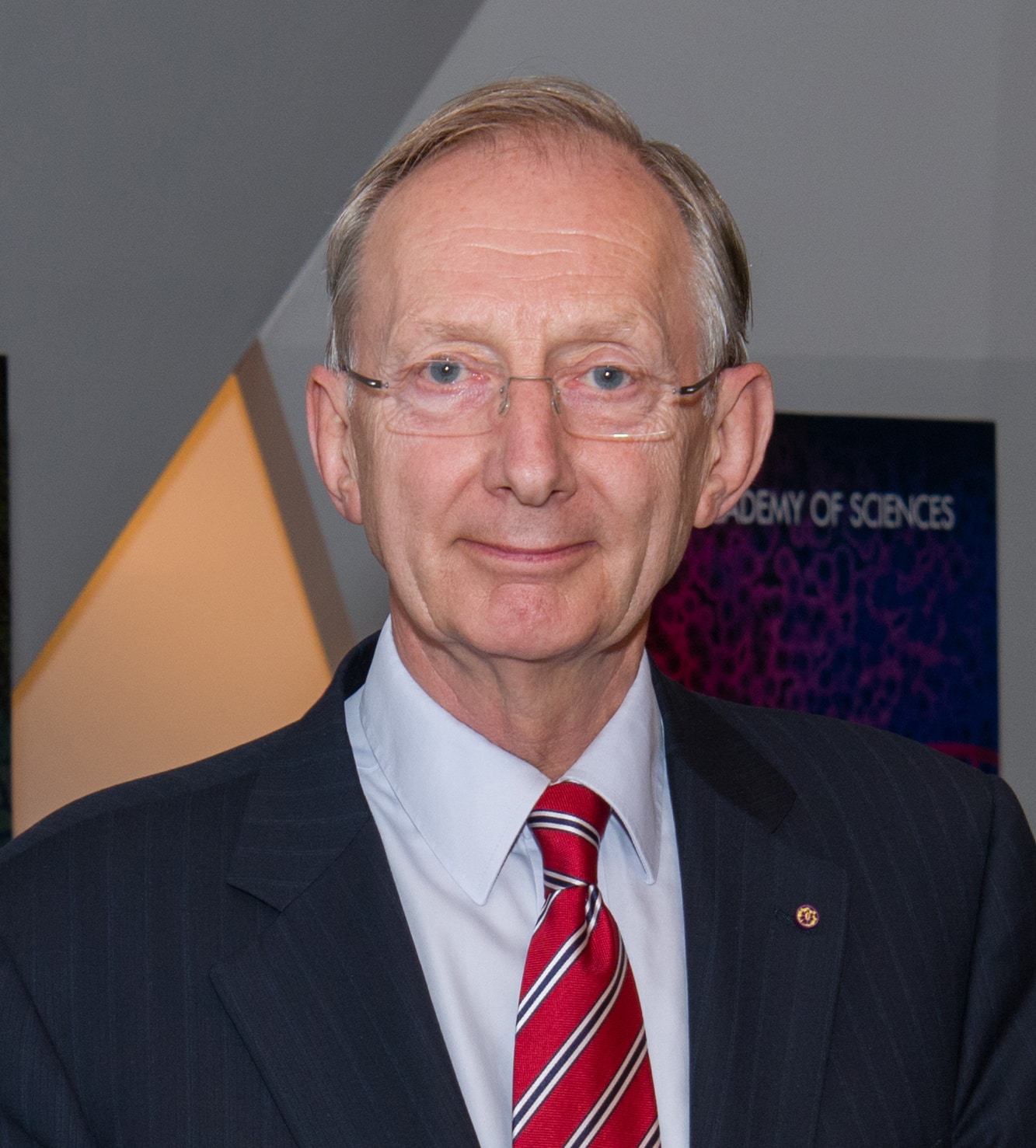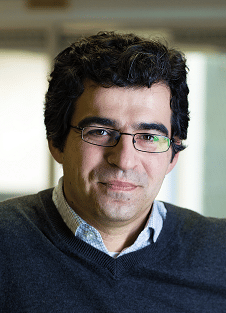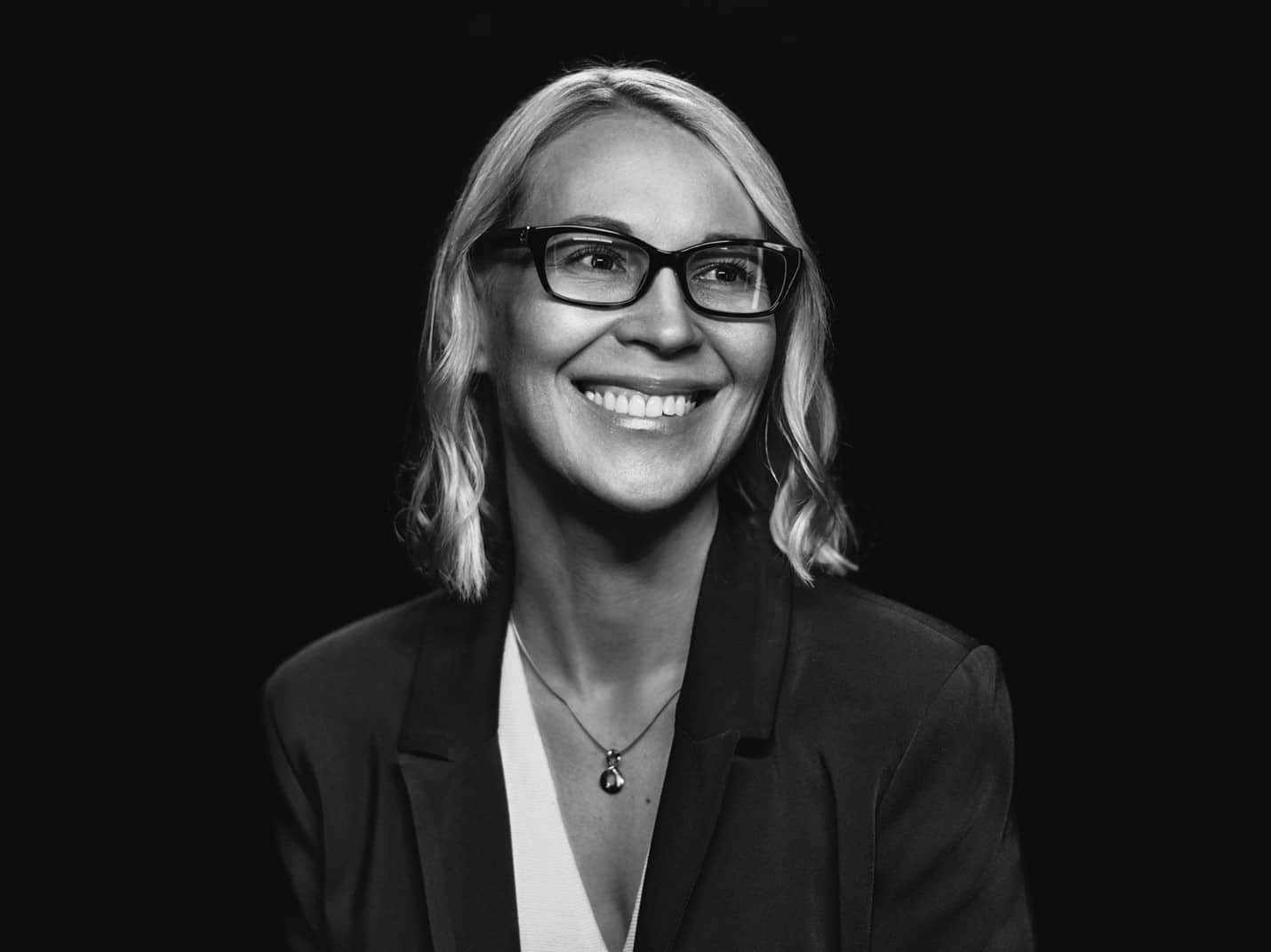
Prof. Sir John Pendry
Imperial College London
John Pendry is a condensed matter theorist and has worked at Imperial College since 1981. He has worked extensively on electronic and structural properties of surfaces developing the theory of low energy diffraction and of electronic surface states. Then he turned his attention to photonic materials this interest led to his present research into the remarkable electromagnetic properties of materials where the normal response to electromagnetic fields is reversed, leading to negative values for the refractive index. In collaboration with scientists at Marconi he designed a series of metamaterials, completely novel materials with properties not found in nature. These designs were subsequently the basis for new concepts with radical consequences, such as the first material with a negative refractive index, the concept of a perfect lens, and a prototype cloaking device, which have both caught the imagination of the world’s media. More recently his interests have focussed on time dependent media where he and his collaborators have uncovered new conservation laws relating to lines of force in amplified fields and conservation of photon number.
Prof. Emmanuel Fort
ESPCI, Paris
Emmanuel Fort received his PhD in optics from the Ecole Polytechnique in 1999. He is currently professor at ESPCI Paris, PSL University. He holds the AXA Chair in Biomedical Imaging at the Langevin Institute.
His area of research is concerned with the field of fluorescence imaging and plasmonic sensing for biological and medical applications. He pioneered several innovative super-resolution techniques such as supercritical angle fluorescence and modulation localization microscopy. He developed nanostructured materials for applications in microarray sensors and fluorescence enhancement. He also pioneered in hydrodynamic quantum analog notably by introducing self-propelled bouncing droplets on the surface of a vibrated liquid as the first classical wave-particle duality. He made major contributions to the field of time-varying media using water waves as an original playground to perform experiments are impossible to implement with other types of waves. He experimentally introduced new concepts such as instantaneous time mirrors, disordered time crystals or space-time frequency cascades. He also extended the use of time-varying media to instable modes to dynamically stabilize liquid interfaces, achieve liquid levitation and reverse buoyancy.
He received the Denis Diderot Innovation Award and the Jerphagnon Prize. He holds 8 patents and he is the co-founder of the startup Abbelight in super-resolved microscopy. He as published more than 80 peer reviewed papers.


Prof. Eugene Demler
ETH, Zurich
Eugene Demler received PhD in theoretical physics at Stanford University in 1998. He was a Junior Fellow in the Harvard Society of Fellows, became an assistant professor at Harvard in 2001 and a full professor there in 2005. In the Fall of 2021, he moved to ETH Zurich, Switzerland, as a full professor. Demler was a recipient of the 2006 Johannes Gutenberg lecture award from the University of Mainz. In 2015, he was the winner of a Humboldt Research Award, was elected as a fellow of the American Physical Society and became a Distinguished Scholar at the Max Planck Institute for Quantum Optics in Munich, Germany. In 2021 he received Hamburg Prize in the Theoretical Physics. His research focuses on understanding strongly correlated quantum systems, from electrons in solids to dilute atomic gases to photons. His work has had a profound impact on diverse areas, such as magnetism and superconductivity, many-body physics with ultracold atoms in optical lattices, nonlinear quantum optics, understanding light induced states of matter, developing real world applications of NISQ devices.
Prof. Alexandra Boltasseva
Purdue University
Alexandra Boltasseva is a Ron and Dotty Garvin Tonjes Professor of Electrical and Computer Engineering with courtesy appointment in Materials Engineering at Purdue University. She received her PhD in electrical engineering at Technical University of Denmark, DTU in 2004. Boltasseva specializes in nanophotonics, quantum photonics, nanofabrication, and optical materials. She received the 2013 Institute for Electrical and Electronics Engineers (IEEE) Photonics Society Young Investigator Award, 2013 Materials Research Society (MRS) Outstanding Young Investigator Award, the 2011 MIT Technology Review Top Young Innovator (TR35), the 2009 Young Researcher Award in Advanced Optical Technologies from the University of Erlangen-Nuremberg, Germany, and the Young Elite-Researcher Award from the Danish Council for Independent Research (2008). She is a Fellow of the National Academy of Inventors (NAI) (2020), MRS (2021), IEEE (2020), Optica (formerly the Optical Society of America, OSA) (2017), and International Society for Optical Engineers (SPIE) (2015). She served on MRS Board of Directors (2014-2016) and is past Editor-in-Chief for Optical Materials Express journal, Optica Publishing group (2016-2021). Boltasseva is featured as Highly Cited Researcher by the Web of Science (2020, 2021).


Prof. Andrea Cavalleri
Max Planck Institute for the Structure and Dynamics of Matter, Hamburg, Germany
Andrea Cavalleri is the founding director of the Max Planck Institute for the Structure and Dynamics of Matter in Hamburg (Germany) and a professor of Physics at the University of Oxford (UK). He is best known for his experimental studies of nonlinear light matter interaction in complex solids, in which he has shown that ordered non-equilibrium states like superconductivity, ferroelectricity or ferromagnetism can be induced optically. Cavalleri is a recipient of the 2015 Max Born Medal (IoP), of the 2015 Dannie Heineman Prize and of the 2018 Isakson Prize from the American Physical Society. He is a fellow of the APS, of the AAAS, and of the IoP. He is an elected Member of the Academia Europaea.
